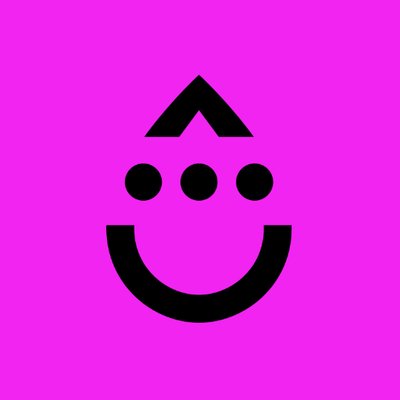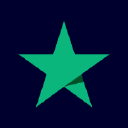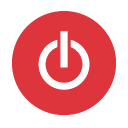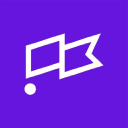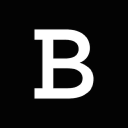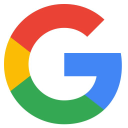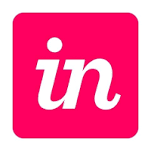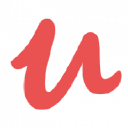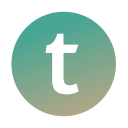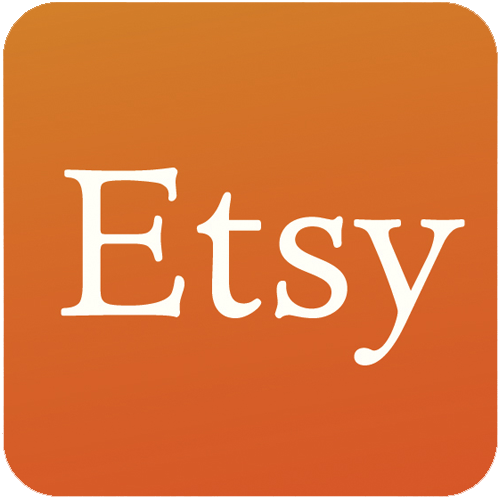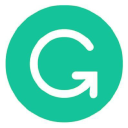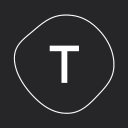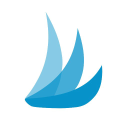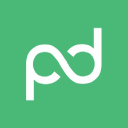How I Created A $4K/Month Digital Planner
Note: This business is no longer running. It was started in 2018 and ended in 2025. Reason for closure: Shut down.
Hello! Who are you and what business did you start?
I’m Ralu Petrea, the founder (and UX Designer) at Outline Planner, the paperless planner that took me one week to launch and two years to refine. I started this project as a test, with a €499 initial investment, and it paid off since my first week. It is my full-time job two years later, and I am now open to growing my team.
I always make plans that work for me, yet I don't know how to teach people how to make plans. So, I created a tool that they can plug in and play with on their iPads. I embedded my mind into this instrument to make actionable plans in a more logical and organized way.
Before moving forward, I should mention what paperless planners (aka digital planners) are. Literally, they’re JUST like physical paper planners that live on your tablet. Picture an easy to carry notebook that has all your life inside; that feels like writing on paper, yet it allows you to add endless space for notes, arrange pages, correct mistakes, add images, and move your handwriting all over the place effortlessly. That's a digital planner.
Technically, a digital planner is a PDF template (with or without hyperlinks) that only works...

Download the report and join our email newsletter packed with business ideas and money-making opportunities, backed by real-life case studies.

Download the report and join our email newsletter packed with business ideas and money-making opportunities, backed by real-life case studies.

Download the report and join our email newsletter packed with business ideas and money-making opportunities, backed by real-life case studies.

Download the report and join our email newsletter packed with business ideas and money-making opportunities, backed by real-life case studies.

Download the report and join our email newsletter packed with business ideas and money-making opportunities, backed by real-life case studies.

Download the report and join our email newsletter packed with business ideas and money-making opportunities, backed by real-life case studies.

Download the report and join our email newsletter packed with business ideas and money-making opportunities, backed by real-life case studies.

Download the report and join our email newsletter packed with business ideas and money-making opportunities, backed by real-life case studies.


